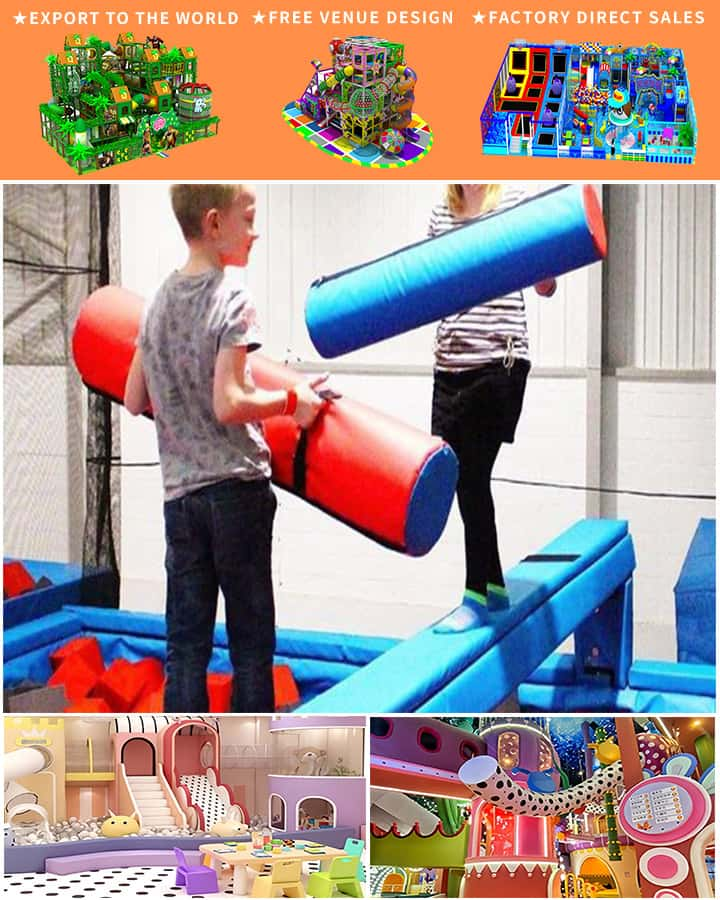Creating an indoor play area that is both engaging and safe for children requires careful planning and thoughtful consideration. Whether you’re a parent looking to revamp a playroom or a designer tasked with creating a child-friendly space in a public building, an effective plan can make all the difference. Here’s a step-by-step guide to help you design the perfect indoor play area.
Understanding the Needs and Goals
Assessing Space and Budget
The first step in planning an indoor play area is determining the available space and budget. Whether it’s a small corner of a room or an entire basement, knowing the dimensions will help guide your choices. Similarly, understanding your budget will influence the types of materials and equipment you can afford.
Identifying Age Groups and Interests
Children’s interests and developmental needs vary significantly by age. Toys and activities appropriate for toddlers differ vastly from those suitable for preschoolers or school-aged children. Conduct a survey or observe to understand what activities the children enjoy. Are they into climbing and sliding, imaginative play with dollhouses and costumes, or interactive learning games? Tailor your plan to cater to these preferences.
Designing the Layout
Zoning the Area
A well-designed play area often incorporates multiple zones to cater to different types of play. Consider including:
- Physical Activity Zone: Include items like soft play mats, mini trampolines, and climbing structures. This zone helps develop motor skills and encourages physical exercise.
- Creative Play Zone: Art supplies, building blocks, and pretend-play sets belong here. This zone fosters creativity and imagination.
- Quiet Zone: A cozy reading nook with bookshelves, bean bags, and quiet toys provides a peaceful retreat. This area supports cognitive development and relaxation.
- Interactive Zone: Interactive toys, puzzles, and educational games can go here to promote learning through play.

Safety First
Safety is paramount when designing an indoor play area. Ensure the space is free of sharp edges and hazardous materials. Use non-toxic, washable paint for walls and opt for soft flooring like foam tiles or rubber mats to cushion falls. Install safety mirrors at corners to monitor blind spots and ensure proper supervision at all times.
Selecting Furniture and Equipment
Appropriate Furniture
Select furniture that is sturdy, easy to clean, and appropriately sized for children. Storage solutions such as bins, shelves, and cubbies should be easily accessible to encourage kids to tidy up after playing. Comfortable seating options, like small chairs and bean bags, can also enhance the play experience.
Interactive and Educational Toys
Invest in a mix of interactive and educational toys that align with the age group and interests of the children who will use the space. Consider multi-functional toys that offer various ways to play, ensuring long-term engagement. Rotating toys periodically can keep the environment fresh and exciting.
Incorporating Decor and Themes
Choosing a Theme
An overarching theme can make the play area more cohesive and stimulating. Popular themes include jungles, underwater worlds, outer space, or favorite storybook settings. Use colors, posters, and decorations to bring the theme to life while ensuring they are age-appropriate and not overly stimulating, which could be overwhelming for young children.
Personal Touches
Add personal elements like name plaques, custom murals, or DIY crafts created by the children themselves. This not only personalizes the space but also gives children a sense of ownership and pride in their play area.
Maintenance and Flexibility
Easy Maintenance
Choose materials and equipment that are easy to clean and maintain. Establish regular cleaning routines to keep the area hygienic and inviting. Consider using labels on storage areas to make cleanup easier for children.
Adaptability
Design the space to be flexible and adaptable as the children grow or their interests change. Modular furniture and adjustable fixtures can be rearranged to suit different activities or age groups, ensuring the play area remains relevant and enjoyable over time.
Conclusion
Creating an indoor play area that is both fun and functional involves meticulous planning and attention to detail. By understanding the needs and interests of the children who will use the space, carefully selecting furniture and equipment, and incorporating thoughtful design elements, you can create an environment where kids can explore, learn, and grow. With these guidelines in hand, you’re well on your way to crafting the perfect indoor play area.




